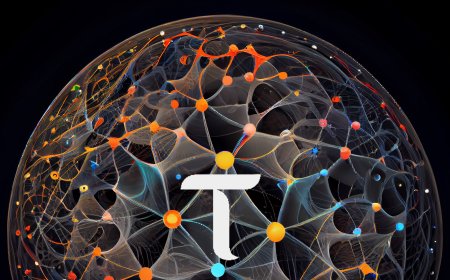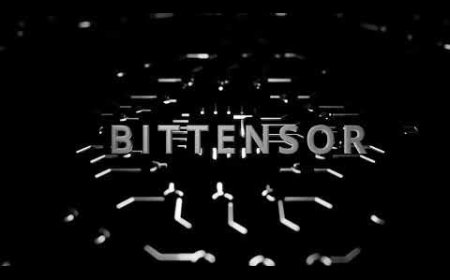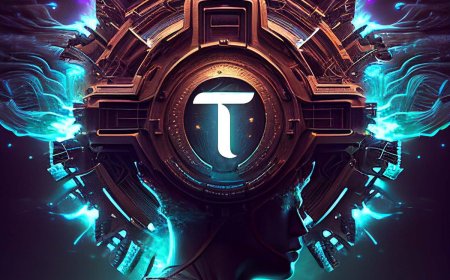BitTensor: Revolutionizing AI Through Decentralized Machine Learning on Polkadot
The rapid advancement of artificial intelligence (AI) has raised concerns about centralized control and potential misuse of this powerful technology. Bit Tensor, a revolutionary project built on the Polkadot blockchain, aims to address these issues by creating a decentralized AI network that democratizes access to machine learning capabilities.
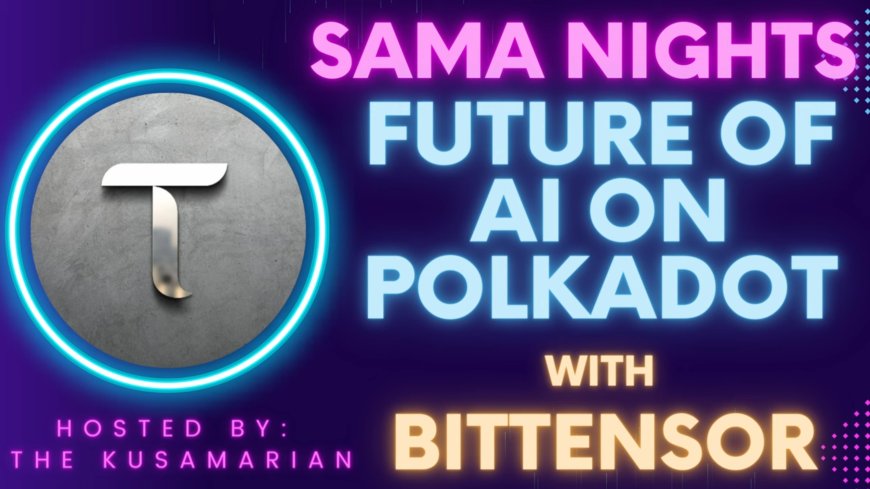
The rapid advancement of artificial intelligence (AI) has raised concerns about centralized control and potential misuse of this powerful technology. Bit Tensor, a revolutionary project built on the Polkadot blockchain, aims to address these issues by creating a decentralized AI network that democratizes access to machine learning capabilities. In this article, we'll explore how Bit Tensor is changing the landscape of AI development and its potential impact on the future of technology.
The Genesis of Bit Tensor
Bit Tensor was born out of the recognition that blockchain technology, particularly Bitcoin, had created the world's largest supercomputer. The project's founders saw an opportunity to harness this computational power for machine learning purposes, rather than just creating hashes. By combining the strengths of cryptocurrencies and AI, Bit Tensor aims to create an ethical union that can scale artificial intelligence to internet-level proportions.
Core Technology and Approach
At its heart, Bit Tensor is a protocol that incentivizes the production of machine intelligence using a blockchain. The system is designed as a massive decentralized mixture of experts, where individual computers run their own models and rank each other based on their contributions to the network as a whole.
Key components of the Bit Tensor network include:
- Miners: Nodes that perform machine learning tasks and contribute computational power.
- Validators: Entities that ensure the integrity of the network by verifying and ranking the outputs of miners.
- Tau Token: The native cryptocurrency of the Bit Tensor ecosystem, used to incentivize participation and govern the network.
Bit Tensor's approach to machine learning is inspired by thermodynamic properties of nature. Just as energy in the natural world flows to dissipate gradients, Bit Tensor uses digital currency as an abstraction of energy to drive the production of machine intelligence.
Advantages of Decentralized AI
The decentralized nature of Bit Tensor offers several advantages over traditional, centralized AI development:
- Democratization of AI: By distributing ownership and control, Bit Tensor allows a wider range of individuals and organizations to participate in AI development.
- Censorship Resistance: The decentralized structure makes it more difficult for any single entity to control or manipulate the AI's outputs.
- Incentivized Innovation: The market-driven approach encourages rapid innovation and efficient resource allocation.
- Transparency: The use of blockchain technology provides a transparent record of the AI's development and decision-making processes.
- Ethical Alignment: By involving a diverse community in AI development, Bit Tensor aims to create AI systems that are better aligned with humanity's collective interests.
Challenges and Potential Solutions
While the potential of decentralized AI is immense, Bit Tensor faces several challenges:
- Regulatory Concerns: As the project grows, it may face regulatory scrutiny. The team is working on governance models that balance innovation with compliance.
- Data Quality and Bias: Ensuring high-quality, unbiased training data in a decentralized system is crucial. Bit Tensor is exploring ways to incentivize the creation and curation of diverse, high-quality datasets.
- Security: Protecting the network from malicious actors is an ongoing challenge. The project employs various security measures and continues to evolve its defenses.
- Scalability: As the network grows, maintaining performance and efficiency becomes more challenging. Bit Tensor is continuously optimizing its infrastructure to handle increased demand.
Bit Tensor and Polkadot: A Synergistic Relationship
Bit Tensor's decision to build on the Polkadot blockchain is strategic. Polkadot's interoperability and security features align well with Bit Tensor's goals. The project plans to launch on Polkadot as a parachain, which will provide enhanced security and cross-chain communication capabilities.
The integration with Polkadot also opens up possibilities for collaboration with other projects in the ecosystem, potentially leading to innovative AI applications across various domains.
The Road to Competitive AI
While Bit Tensor is still in its early stages, the project has shown remarkable progress. According to the team, they expect to be competitive with leading AI companies like OpenAI within about a year. This rapid development pace is attributed to the decentralized, incentive-driven model that Bit Tensor employs.
The project's approach allows for faster innovation compared to traditional AI development methods. Once Bit Tensor reaches a competitive level of performance, it has the potential to quickly gain widespread adoption and potentially surpass centralized AI solutions.
Ethical Considerations and Governance
As Bit Tensor grows, ethical considerations and governance become increasingly important. The project is committed to developing AI systems that are aligned with humanity's best interests. Some key ethical considerations include:
- Bias in Training Data: Bit Tensor is exploring ways to mitigate bias in AI models by encouraging diverse data inputs and implementing checks and balances within the network.
- Transparency and Explainability: The project aims to develop AI systems that are more transparent and explainable, allowing users to understand how decisions are made.
- Privacy and Data Protection: Bit Tensor is working on solutions to protect user privacy while still allowing for effective AI training.
- Decentralized Governance: The project is developing governance models that allow token holders to participate in decision-making, ensuring that the network remains aligned with its community's values.
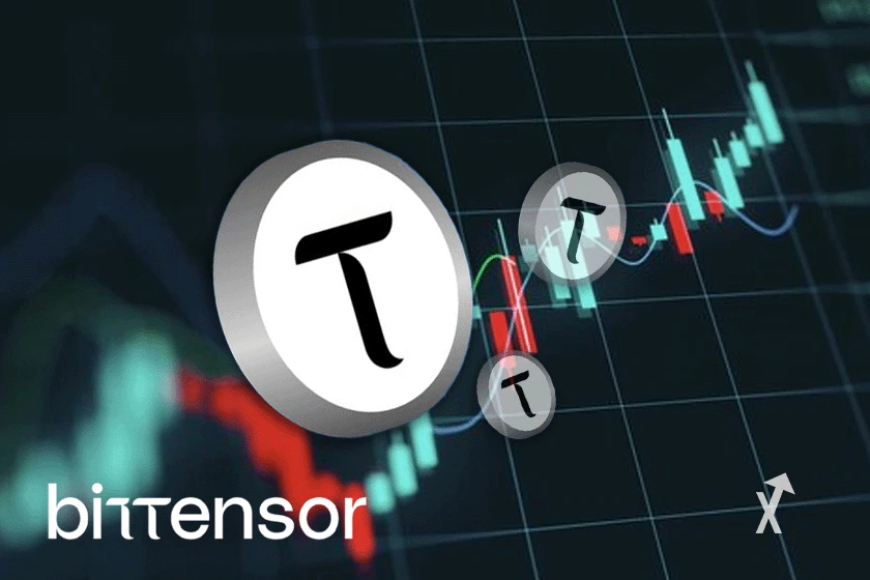
The Future of Decentralized AI
As Bit Tensor continues to develop, it has the potential to revolutionize the AI landscape. Some potential future developments include:
- AI-as-a-Service: Decentralized AI could make advanced machine learning capabilities accessible to a wider range of businesses and individuals.
- Collaborative AI Development: The open-source nature of Bit Tensor could lead to unprecedented collaboration in AI research and development.
- AI-Powered Decentralized Applications: The integration of decentralized AI with other blockchain technologies could lead to innovative applications in finance, healthcare, and other industries.
- Democratized AI Ownership: As the network grows, it could provide opportunities for individuals to own and benefit from AI technologies, rather than concentrating power in the hands of a few large corporations.
Conclusion: A New Paradigm for AI Development
Bit Tensor represents a bold new approach to AI development, one that leverages the power of blockchain technology and decentralized networks to create more ethical, transparent, and accessible artificial intelligence. By distributing ownership and control of AI systems, Bit Tensor aims to ensure that the benefits of this powerful technology are shared more equitably across society.
As the project continues to evolve and grow, it has the potential to reshape the AI landscape, challenging traditional models of development and ownership. While there are certainly challenges ahead, the innovative approach and passionate community behind Bit Tensor make it a project worth watching closely in the coming years.
The success of Bit Tensor could have far-reaching implications for the future of technology and society. By democratizing access to AI capabilities, it could empower individuals and small organizations to compete with tech giants, fostering innovation and diversity in AI applications. Moreover, the decentralized nature of the project could help address concerns about AI bias and ethical issues by involving a more diverse group of stakeholders in the development process.
As we stand on the brink of a new era in AI development, projects like Bit Tensor remind us that the future of technology is not predetermined. By reimagining the foundations of how we create and interact with AI, we have the opportunity to shape a future that aligns more closely with our collective values and aspirations.
For those interested in the future of AI and decentralized technologies, Bit Tensor offers an exciting opportunity to be part of a potentially transformative movement. Whether you're a developer looking to contribute to the project, an AI researcher interested in exploring new paradigms, or simply an enthusiast eager to see where this technology leads, Bit Tensor invites you to join its journey towards a more open, accessible, and ethically aligned future for artificial intelligence.
As the project approaches its second anniversary, the coming months and years will be crucial in determining whether Bit Tensor can achieve its ambitious goals. If successful, it could usher in a new era of AI development, one where the power of machine learning is not concentrated in the hands of a few large corporations, but distributed among a global community of contributors and users.
The road ahead may be challenging, but with continued innovation, collaboration, and a commitment to ethical development, the potential for positive impact is immense. As we look to the future, projects like Bit Tensor offer hope that we can harness the power of AI in ways that benefit humanity as a whole, rather than just a select few. The revolution in decentralized AI has begun, and Bit Tensor is at the forefront, paving the way for a more democratic and equitable technological future.
Source : @The Bittensor Hub.

